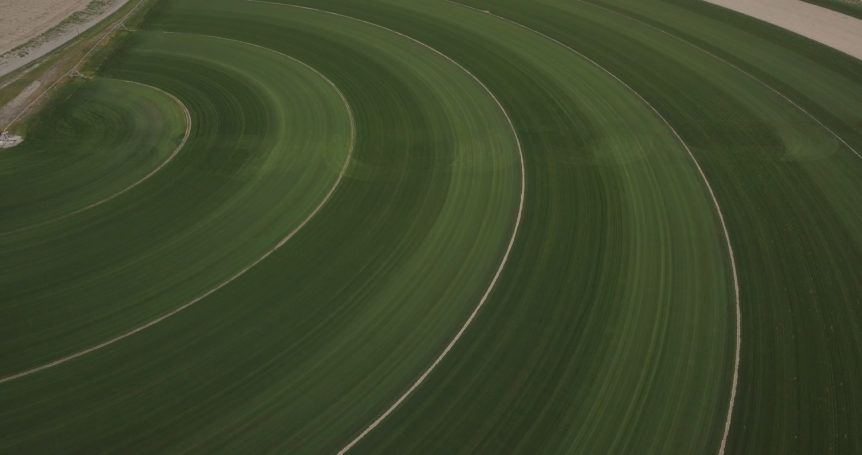Yard Preparation Guide
The Following is a step-by-step guide to preparing your yard for sod. Your situation may vary from others, these guidelines are proven to give you the most beautiful, long lasting yard possible. The bold highlights are the most important steps.
- Spray weeds and especially grasses, with Roundup RT (even if you plan to bring in topsoil). Wait a minimum of 3 days before continuing. If you skip this step, expect the old grass to grow through your soil and new grass.
- Level your yard close to the level you want it when finished.
- Trench and install sprinkler system. Be sure funny pipe (plastic between PVC pipe and the sprinkler) is part of the design. Some companies will give a cheaper bid by skipping this part. Never connect sprinkler directly to the buried pipe. Do not attach sprinklers to funny pipe at this time. Place a flag where the sprinklers should be, or leave the funny pipe sticking up.
- Backfill and settle or compact trenches. (If you don’t settle the trenches now, they will settle later, leaving trenches in your yard!) Either use compaction equipment or run water into the trenches until they are completely soaked.
- Haul in topsoil (if you need to). When deciding whether you need topsoil or not, ask yourself if you have dirt or soil? Dirt is just a filler (no life, no smell, no organic matter, very compacted, often mostly rock). Soil is alive (strong smell, organic matter, few rocks). If you have dirt, bring in soil. You can make poor soil better by covering your yard with 2-4 inches of compost.
- Rough grade the soil. At this stage, the soil should be 2 inches below the top of any cement surface (i.e., sidewalks, curbing, driveways). The soil does not need to be perfectly level. You should make sure the grade slopes away from your house for proper drainage.
- Place organic material on the soil (compost wood chips, peat moss, manure, etc.). 2 inch will do, 4 inches is better. If you choose 2 or more inches of material, leave your rough grade 3 inches below the cement surfaces.
- Till deep. You must mix soil and organic material. Do not skip this step.
- Remove rocks.
- Level Soil. The final grade should leave the soil 1 inch below top of any cement surface. The more level you want your yard, the more work it requires. However, the extra is always worth it. The sod will not hide any imperfections on the surface of the soil.
- Once installed the sod will follow any bumps, imperfections or settled trenches that you have left on the soil surface.
- Put sprinklers on the funny pipe after you flush the system. Your sprinkler heads should not be more than ½ inch out of the soil. Compact the soil that was disturbed when placing the sprinklers. (You should use 4” pop-up sprinkler).
- Run the sprinkler system to make sure all sprinklers are functioning properly. Familiarize yourself with the sprinkler system. Know where your zones are. (Be prepared to water immediately after sod is installed).
- Remove any rocks, dirt clods, roots or debris from the surface.
- Measure the prepared area by dividing the area into squares or rectangles (example: sidewalk to curb, sidewalk to front of house, side of house to property line, four rectangles surrounding a flower bed, etc.). Measure each area, width-x-length. Add sum total of all areas.
- Order the best sod available by calling 888-Sod-Guys (888-763-4897). Please give a week’s notice.
- Allow enough time for the soil to be dry before your sod arrives, or you will leave footprints if the soil is wet when you install it.
- Install your sod.
- Fertilize.
- Maintain your lawn.

